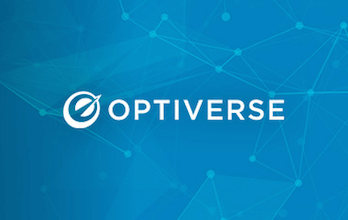
Download our FREE Testing Toolkit for A/B testing ideas, planning worksheets, presentation templates, and more!
Get It NowCall To Action
What Is A Call To Action?
A call to action (CTA) is a prompt on a website that tells the user to take some specified action. A call to action is typically written as a command, such as ‘Sign Up’ or ‘Buy Now’ and generally takes the form of a button or hyperlink.
Why Is A Call To Action Important?
The call to action is a key element on a webpage, acting as a signpost that lets the user know what to do next. Without a clear CTA, the user may not know the next steps to take to purchase a product or sign up for a newsletter and is likely to leave the site without accomplishing their task.
A call to action makes it clear which action to take next and helps remove friction in moving the user down the sales funnel. There can also be multiple calls to action on a page if there are multiple desired actions for the user to take.
For example, if a reader lands on a blog article and there is no clear call to action at the bottom of the post, it is likely that the reader will leave the site without completing any other tasks. However, if there is a CTA at the bottom of the post asking them to read more articles or to sign-up for an e-mail newsletter, that can encourage them to continue interacting with the site.
Examples Of Calls To Action
A call to action can refer to any ask or request that you make of a user on the site, so a CTA can take many forms depending on the context.
For example, on a blog the CTAs might look like:
- Read more articles
- Sign-up for our newsletter
- Support our sponsor
- Share on social media
Whereas on an ecommerce site, the CTAs may be more commercially focused:
- Add to cart
- Checkout
- Buy now
- Add to wishlist
In each case, the CTAs on the page tell the user what action to take next to continue interacting with the site and moving further down the conversion funnel.
How to Create Compelling Calls to Action
Marketers employ a number of strategies for creating CTAs. Below is a list of some common ones:
- Good Design: A colorful button that contrasts with the color of the page is a good strategy to get the user’s attention.
- High Visibility: Because the call to action should be the most noticeable thing on the page, the font size should be large enough to command attention.
- Clear Benefit: Stating a clear benefit that the user will get from completing the transaction is an effective way to get them to click.
- Actionable Text: A call to action written in the imperative mood gives a clear and direct command of what to do.
- Short in Length: A good call to action should be a short phrase, not a sentence. Most are no longer than five words.
- Guarantees That Reduce Perceived Risk: Any type of money-back guarantee or short free trial period helps convince the user that there is little risk in completing the transaction.
How To Use A/B Testing To Test CTAs
Every audience responds differently to various calls to action. There is no guarantee that one call to action will outperform another.
The overall success of a call to action can be measured via a conversion rate formula that calculates the number of clicks divided by the number of impressions, or times the CTA was seen.
To test the effectiveness of various calls to action on your website or landing page, you can use an A/B testing platform like Optimizely. This will eliminate any guesswork and give you data-backed information that helps you optimize for the highest-converting CTAs.
Ready to learn more?

Get your copy of the testing toolkit.
Use the testing toolkit to start or scale your testing program.

Want to stay ahead of the competition?
Help your organization master one of the four key initiatives covered in this webinar series.

Join the community.
Meet Optiverse — a place to explore, learn, and connect around experience optimization.